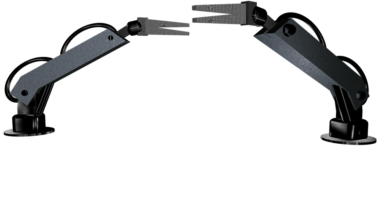
The Reinvention of Retail: Technology’s Role in Shaping the Shopping Experience of Tomorrow
One of the key drivers of this transformation is the integration of Artificial Intelligence (AI) and Machine Learning (ML) within retail environments. AI and ML algorithms analyze consumer data to predict purchasing behaviors, enabling retailers to tailor product recommendations and offers with remarkable precision. A concrete example of this is the use of chatbots and virtual assistants that provide personalized shopping assistance online. These AI-driven tools can understand and interpret human queries, offering recommendations based on past shopping behaviors, which significantly enhances the customer experience.
Moreover, the rise of Augmented Reality (AR) and Virtual Reality (VR) technologies is reinventing the way consumers interact with products. Through AR apps, shoppers can visualize furniture in their homes before making a purchase, reducing the uncertainty that online shopping often entails. Similarly, VR can transport consumers to virtual storefronts, where they can browse and interact with products as if they were physically present. These immersive experiences not only enrich the shopping process but also bridge the gap between online and offline retail.
The Internet of Things (IoT) is another technological marvel that is quietly but surely revolutionizing retail operations. Smart shelves equipped with weight sensors can automatically monitor inventory levels and trigger restocks when necessary, optimizing supply chain efficiency. On the consumer front, IoT-enabled shopping carts can guide shoppers through stores, offer product information, and facilitate checkouts without the need for cashier intervention, streamlining the in-store shopping experience.
Despite these advantages, the integration of technology in retail is not without its disadvantages. Privacy concerns are paramount, as the collection and analysis of consumer data raise questions about data security and the potential for abuse. Moreover, the initial cost of implementing these technologies can be prohibitive for smaller retailers, potentially widening the gap between large and small businesses in the retail sector.
In conclusion, the reinvention of retail through technology is crafting a future where shopping is more interactive, personalized, and convenient. As AI, AR/VR, and IoT continue to evolve, their applications in retail will undoubtedly expand, offering even richer and more engaging experiences for consumers. However, as we navigate this technological frontier, it is crucial to address the challenges that accompany these advancements, ensuring that the future of retail is not only innovative but also inclusive and secure. The trajectory of retail technology promises an exciting journey ahead, with tomorrow’s shopping experiences poised to surpass the wildest imaginings of today.




